Excessive sweating, which is called hyperhidrosis, may not have serious medical effects – but it can have a significant impact on your life.
People who suffer from hyperhidrosis can find it an embarrassing condition or one that even limits their daily activities. The good news is that there are ways of stopping excessive sweating.
It’s helpful to know what type of hyperhidrosis you’re dealing with. There are two key types:
1. Primary Focal Hyperhidrosis
Primary focal hyperhidrosis also called primary hyperhidrosis or essential hyperhidrosis is excessive sweating that isn’t caused by a medication or medical condition. It tends to run in families, so if you have relatives who suffer from primary focal hyperhidrosis, there’s a good chance that you will too.
Primary focal hyperhidrosis mainly affects adults between 18 and 39 years old. It often starts during adolescence and will almost always begin before the age of 25.
With primary focal hyperhidrosis, sweating normally occurs in specific areas of the body (these are the “focal” areas). The most common are the hands, feet, underarms, face, or head. Also, the sweating will be bilateral and symmetrical – that means that you sweat about the same on both sides of your body.
This type of hyperhidrosis doesn’t tend to occur at night, only during the day time.
2. Secondary Generalized Hyperhidrosis
Secondary generalized hyperhidrosis, also called secondary hyperhidrosis, is excessive sweating that is caused by a medical condition or as a side effect of medication. It tends to occur over large parts of the body (generalized areas).
Secondary generalized hyperhidrosis usually begins in adulthood. Unlike primary focal hyperhidrosis, the excessive sweating often occurs during the night.
Treating this type of hyperhidrosis means working out what could be causing it. That could mean changing to a different medication, or treating an underlying medical condition.
There is a range of conditions related to secondary generalized hyperhidrosis, including common ones such as menopause. There are also some serious conditions such as tuberculosis and leukemia that can cause excess sweating.
The Impact of Hyperhidrosis
Sadly, hyperhidrosis can have a serious effect on people’s lives. Around 3% of the population have hyperhidrosis, but it’s often not talked about due to embarrassment. People with excessive sweating may:
- Feel restricted by what clothes they can wear (often loose dark ones that won’t show sweat) and plan carefully for when to change clothes
- Suffer from related conditions like athlete’s foot or even bacterial infection, caused by overly moist skin.
- Experience professional consequences, such as not being willing to give a presentation for fear of being the center of attention
- Restrict their personal life, avoiding being physically affectionate or intimate with other people due to embarrassment about the sweating
The good news is that there are treatments available for hyperhidrosis. It’s a much more common condition than most people realize as it’s often not talked about – even within families.
Don’t be afraid to consult your physician or pharmacist, who may be able to recommend measures that will reduce or even eliminate the excessive sweating.
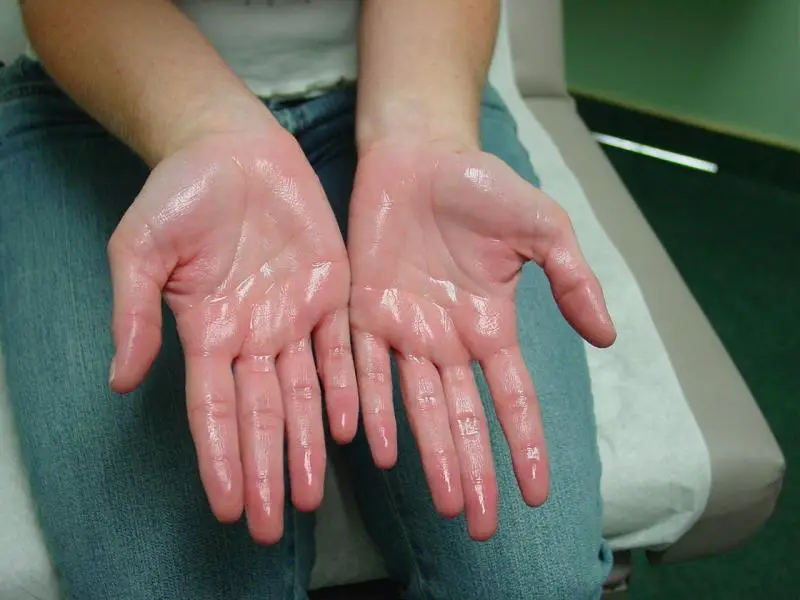


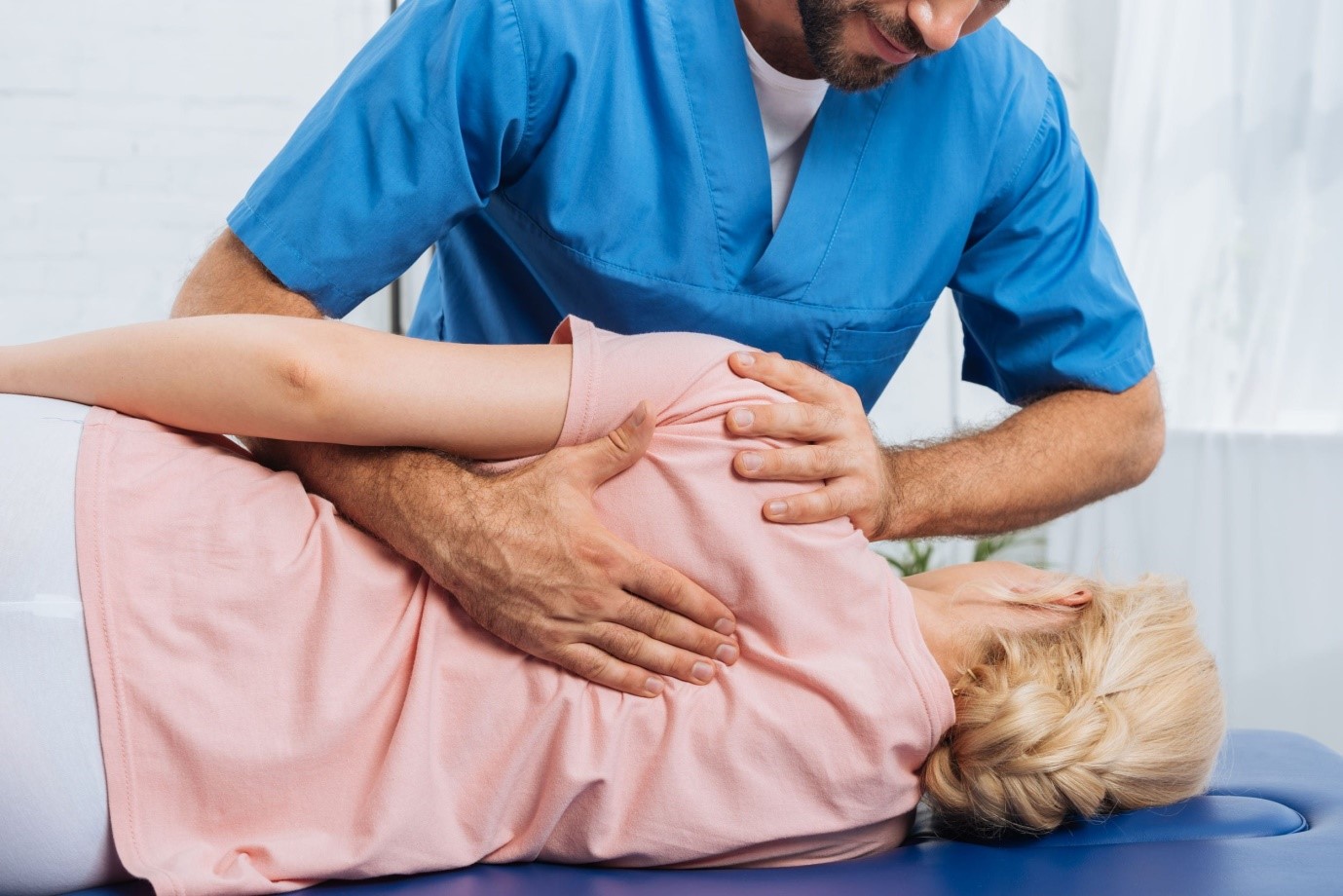
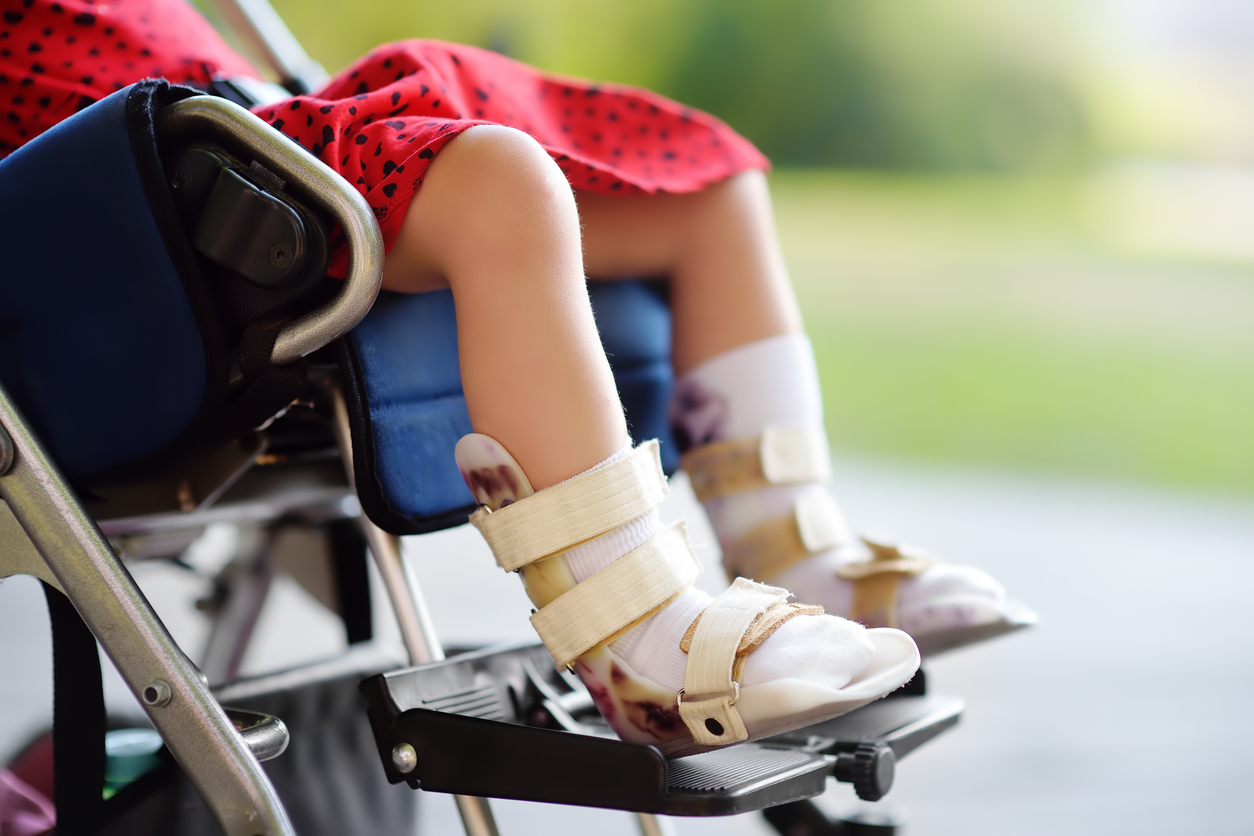
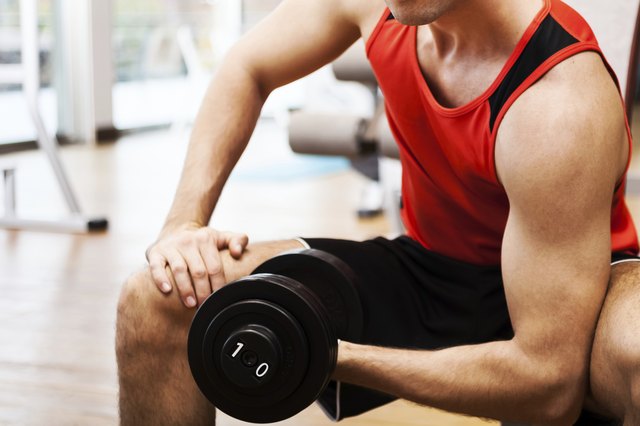
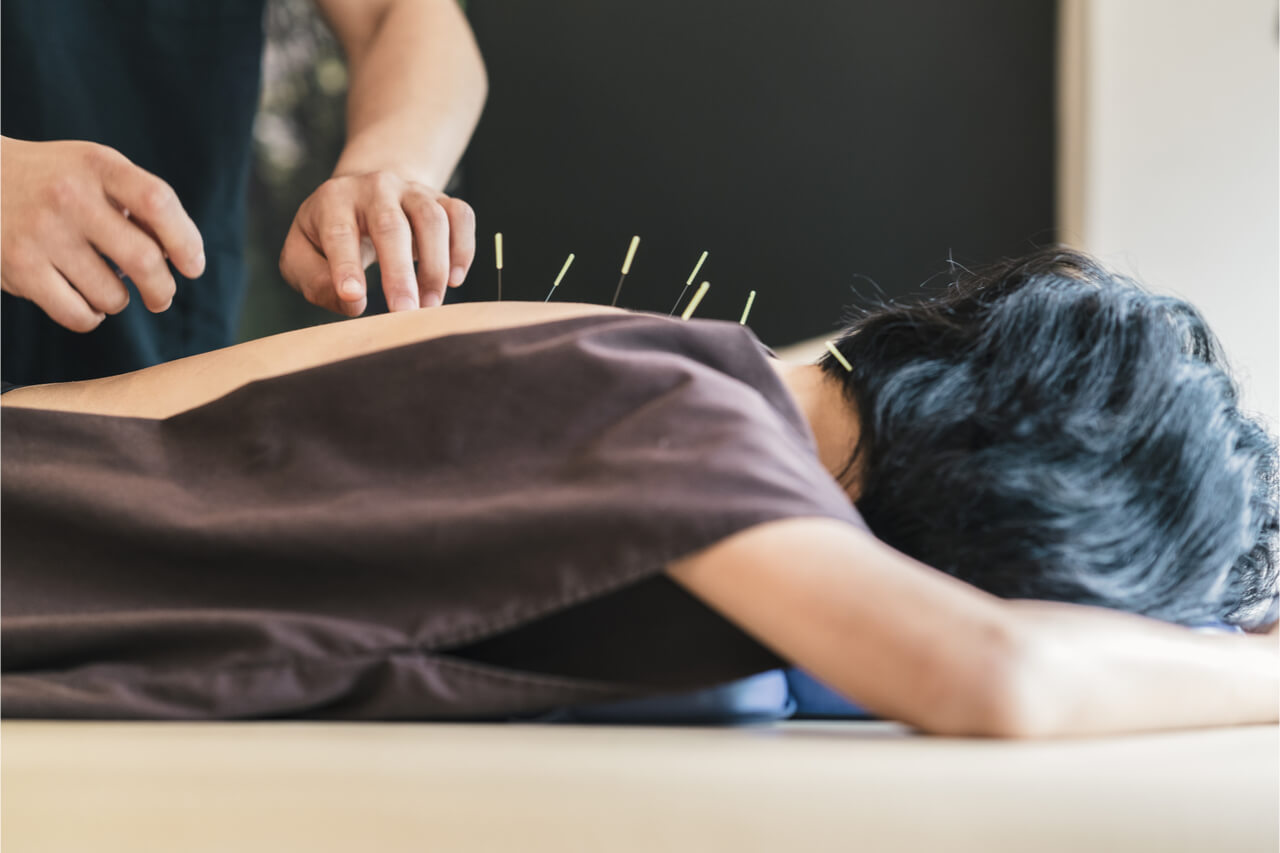

Leave a Reply
You must be logged in to post a comment.